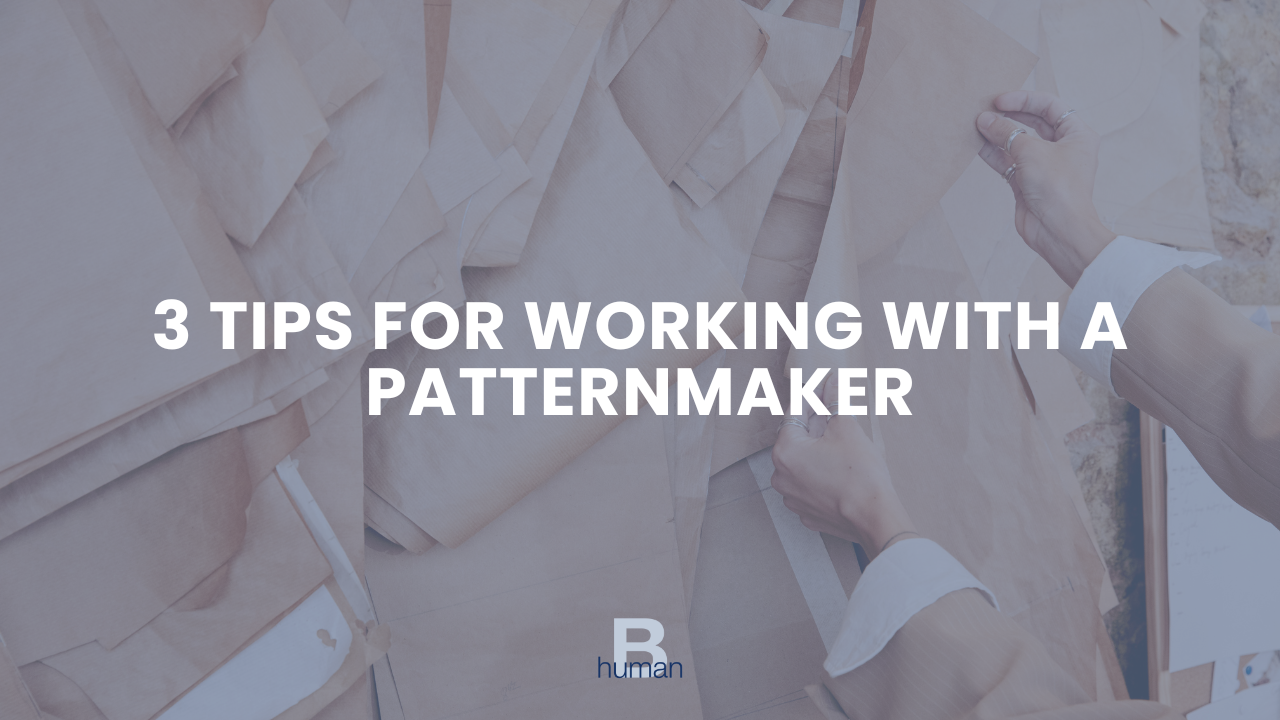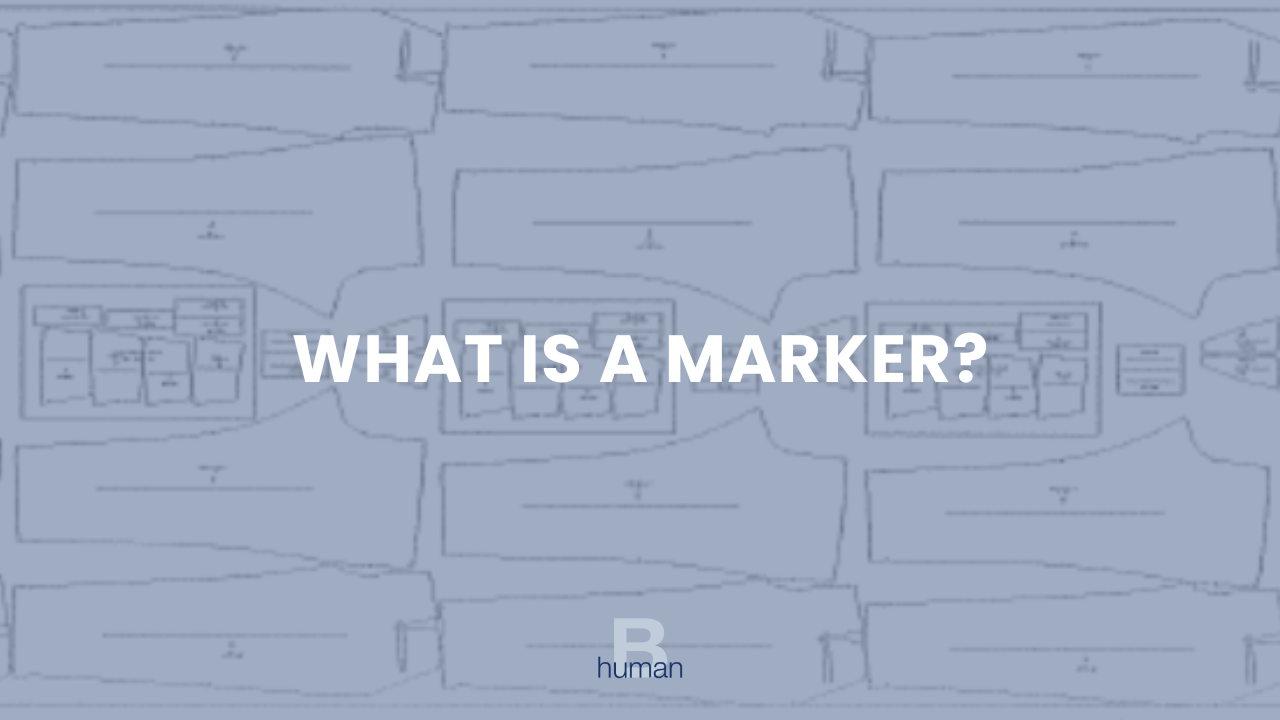A spec sheet and a tech pack are essential documents in fashion production, but they serve different purposes.
Mastering Quality Control in Apparel Manufacturing: Insider Secrets for Emerging Fashion Designers
Quality Control (QC) isn't just about ensuring your garments look good; it's your ticket to exceeding customer expectations, minimizing issues and setbacks, and optimizing production efficiency. By maintaining stringent QC standards, you deliver exceptional products and establish your brand as a reliable force in the industry.
When done right, it will make your life easier, decrease your stress level, increase your profit, and reduce waste.
3 Exercises for keeping a Positive Mindset
You're not starting a business
You're going on a journey
And in this journey, there are times when it's exciting and energizing, and you don't want to go to sleep not to miss a second of it.
And other times, when you feel a dark cloud hovering over you, things are not working, and all you want to do is get under the blanket and not get out of bed until it is all resolved.
But as we know, if you hide under a blanket, nothing will get better cause you're the one who can make things better!
5 Signs of a Bad Clothing Manufacturer
Clothing manufacturing is not for the faint-hearted. Working with the wrong manufacturer can end your business, especially if you are a new brand.
You can take steps to find the right factory. However, some signs will only be noticed once you work with the factory.
So what are the symptoms that should make you run away from a factory?
Natural Dyes vs. Fiber-Reactive Dyes, Unveiling the Differences
3 Tips For Grading Apparel Products
Why Is Producing A Small Production Run Expensive?
3 Tips For Working With a Patternmaker
What Is The Most Profitable Category In Apparel?
The answer is one of these industry "secrets" that if you are new to the industry, and especially if you do sew or never produced apparel before, you simply wouldn't know it...
Yet once you hear the answer, I bet you'll go, "oh yes, that makes a lot of sense."
In this video, I also share info about the cost of labor and why certain categories are assumed to cost less than others...
What Are The Different Types of Samples And Their Purpose?
How Many Rounds of Fitting Should I Have When Developing a Fashion Product?
Developing a new apparel product is complex and requires numerous rounds of samples and fitting before you can get it right.
If you are new to this process, and since each round is an additional cost and time, the question becomes how many fittings rounds is reasonable to have? And how many rounds are too many?
How to Build Long Term Relationships With Your Manufacturers
Design with Production In Mind
“We are experiencing many issues with our production, can you help us with this?”
If I had a cent for every time that I heard that sentence I would probably be retired by now.
Most fashion brands (especially if they are new or small), assume that since production is the last part in the process they’ll just worry about it when they get to it, and rather choose to focus mainly on designing and making the perfect samples.
NEWS FLASH - that is the wrong approach.
Offshore or Domestic Apparel Manufacturing?
Deciding whether to produce your fashion product offshore or domestically goes beyond the reasons of cost and number of units you will need to produce.
As a matter of fact it's a decision that will impact how your business is set up and operates to best fit that scenario, re; what kind of people/services you should hire and even the details of your designs.
What is a Marker?
The New York Garment District
Ever wondered how the New York Garment District got its start? What happened to it and where it is heading?
In the Mid 19th century, New York City’s Garment District was built on ready to wear clothing that was mass produced and mass-marketed. The industry relied on the workings of a cheap yet skilled labor force—primarily immigrants of European Jewish and Italian descent who arrived in the United States trained in traditional tailoring.
During this time the garment industry was New York City’s largest employer, employing one hundred thousand people each year. Rapid growth was seen in twenty years when the amount of manufacturing firms increased from 562 in 1880 to over 1,800 in the 1900s.
In an effort to increase New York City’s shopping culture Fashion Row and Ladies Mile were
5 Points to Best Communicate Your Designs to a Sewing Contractor
As a designer, it is very important your collection is well executed for a show, presentation and market week, as well as the selling floor. And to have a well-made collection, or just a single garment, it starts after your designs are finalized and it’s ready for construction.
Most fashion houses already have their team of sewers who understands the design concept and know how each garment should be constructed, with some instructions given. However, majority of young designers don’t have the same resources. When they find a sewer or factory to sew their garments, young designers would think that this person would understand their design because of years of experience the sewer has under their belt. This is actually a BIG misconception. If no instructions given, the sewer can have a garment finished in a way that you originally did not want. This mistake would cost time and money.
When you give a new design to a sewer/factory, you should think ahead about the steps they
3 Reasons Why You Need A Tech Pack
When developing a product or collection from scratch it’s easy to start designing and planning without first considering the importance of how you’ll communicate your designs to the team that will help bring your vision to life. A tech pack is the fashion industry’s universal form that explains all the details and specs for each garment. Before getting too far into the design process, consider these three important reasons how a tech pack will help your business:
- Personal organization: Having a tech pack is almost like having a visual checklist for each style. In one compact place you can fill in all details relating to a garment until it is ready for
The Most Important Step to Get the Best Results From Your Production
This week I read a very informative article on manufacturing and production and it made me think: “What is the single most important step to get the best results from your production? “
I once had a teacher who said that if we simply do our homework and study, the test will be a breeze! And he was right, it worked for me. The same concept easily translates to fashion production.
DESIGN WITH PRODUCTION IN MIND! I know how boring and limiting this part sounds for a creative person like you, but following this motto is the single, most important step to turn your creativity and talent into a BUSINESS! If you plan your production process while you design your product and think ahead about each step, re: the logistics, the cost, the timeline, etc. your production will be easy and will have no tricky questions or surprises.
To help you with that, here are 3 tips you should follow when designing your next season:
Why wouldn't my sewing contractor sign an NDA?
After a long search to find a factory that’s a good fit to make your product you are finally ready to press GO on these samples until your IP attorney advises you to have everyone who works on your product sign an NDA. At this point, your contractor may not want to, but why?
An NDA (Non-Disclosure Agreement), also known as a confidentiality agreement, is meant to protect any type of confidential and proprietary information that is not publicly known.





















